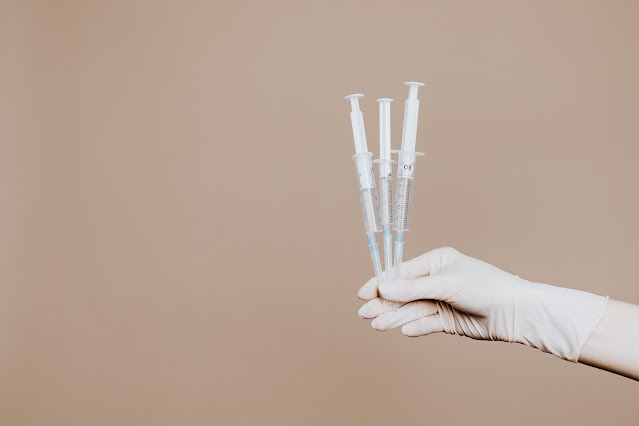Why is Automation Vital for Injection Molding?
On its own, injection molding is an efficient, fast manufacturing process that’s ideal for high-volume production runs of intricate, uniform parts. When combined with automation, product teams can take injection-molded procedures and components to the next level.
Let’s look at why
automation is vital for injection molding.
Better production quality
Consistency and
precision in plastic injection molding are vital quality considerations.
Without these two qualities, you can’t produce high-quality injection molded parts.
Measuring
equipment to verify crucial dimensions on production samples/runs and first
article inspections and measuring quality specifications using automatic, fully
programmable CNC-driven quality inspection allows for reliable
and accurate data every time. This doesn’t just enable timely corrections in
the production process but takes the human element out of the equation.
Using robotics is
an integral component of current injection molding techniques. Your plastic
injection molder can offer consistent results with greater flexibility,
precision, and speed through the continued application and development of
automated robotics and processes.
Robotics are
typically utilized to make the over molding and insert molding process more
efficient. Injection molders use robotics to place the metallic components in a
molding machine before the process of insert molding and then performing
secondary operations such as packaging and part trimming.
Injection molders can leverage robots in the over molding process by removing a substrate or molded part from an injection molding machine and then placing it into another injection molding machine for the process of over molding.
Using robotics to complete as many tasks as possible frees up resources and time for any required hands-on processes. In addition, it helps in repeating those tasks over various cycles with predictability and consistency.
In the injection
molding process, robots are also used for secondary operations. Certain samples
of use of robotics in secondary operations are for clipping, drilling, and
trimming as well as in the assembly of injection molded components either by
adhesives, bonding, or welding. Automation is also used for product sorting,
which is followed by additional processing and packaging components so they can
be delivered to customers.
Get top-quality plastic injection molded parts from PTMS
PTMS is a
professional plastic injection molding company based in China, offering one-stop services
from plastic injection
molding production, mold making, and plastic injection mold design to
product assembly for a complete custom manufacturing experience.
Contact them directly for more information!





Comments
Post a Comment